 The culture of a work place can be described as the vibe of the environment, the day to day experience of staff and patients, and the way practices are implemented and followed.
The culture of a work place can be described as the vibe of the environment, the day to day experience of staff and patients, and the way practices are implemented and followed.
According to Beckers Hospital Review, culture can have a direct impact on patient care and patient satisfaction. Hospitals with adaptable culture outperform those without it, as much as 200%.
To improve your culture, here are some things to consider.
Communication is key. If you’re implementing changes, communicate them to every staff member so they know there are going to be changes. If they have concerns, they should feel comfortable to voice their opinions.
Establish where the organization is now. Determine what problems you want to fix and what areas need improvement. Set clear goals and benchmarks to measure your success along the way.
As you achieve your goals, no matter how small, celebrate them! People want to know they’re doing a great job. It boosts morale and radiates throughout the entire organization.
Accountability - establish a process for accountability at all levels of the organization in case goals aren't being met. Often, initiatives fail because no one takes the hard job of holding others accountable. Old habits are easy to slip back in to if there is no accountability.
Mission Statement - every hospital should have a clear mission statement. It should define the overall culture and values of the company. It sets the tone of your organization. Hospitals can use these core values as guidelines for employees.
Never stop improving. As your culture evolves, continue to listen to your employee's concerns and ideas. Listen to their feedback. Acknowledge, assess, and act on it. It’s important your employees know their voices are being heard. This can also help with employee retention too.
Great changes can take a long time. Be prepared for obstacles and setbacks. Keep visiting your goals and believe in your mission statement.



 Many people interested in a career in healthcare
Many people interested in a career in healthcare  LGBTQ+ Pride
LGBTQ+ Pride 
 Hospitals are seeing more cases of severe depression and suicidal thoughts among children, particularly attempts to overdose.
Hospitals are seeing more cases of severe depression and suicidal thoughts among children, particularly attempts to overdose. 
 Before the COVID-19 pandemic, Nursing was known to be a stressful profession. There was plenty of
Before the COVID-19 pandemic, Nursing was known to be a stressful profession. There was plenty of 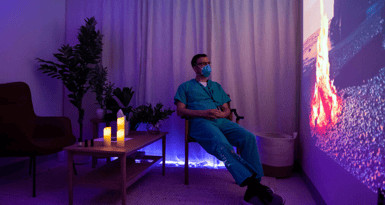 Putrino said, "Listen, what we need is a space or a series of spaces where our healthcare workers can sit down and for just a moment have a lot of their stress just relieved and taken away from them."
Putrino said, "Listen, what we need is a space or a series of spaces where our healthcare workers can sit down and for just a moment have a lot of their stress just relieved and taken away from them."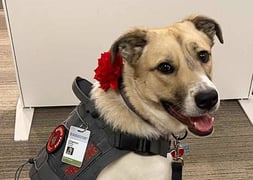 Ohio State University Medical Center (OSUMC) Stress, Trauma and Resilience (STAR) Program uses the Buckeye Paws
Ohio State University Medical Center (OSUMC) Stress, Trauma and Resilience (STAR) Program uses the Buckeye Paws 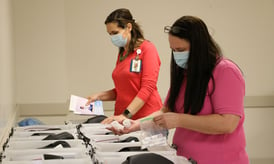
 The COVID-19 pandemic has shone a light on the incredible role Nurses play in keeping humanity safe and healthy. Nurses Week runs from May 6th through May 12th and companies are taking this time to show their great appreciation for these heroes. We compiled a list of companies offering discounts and freebies to Nurses this week!
The COVID-19 pandemic has shone a light on the incredible role Nurses play in keeping humanity safe and healthy. Nurses Week runs from May 6th through May 12th and companies are taking this time to show their great appreciation for these heroes. We compiled a list of companies offering discounts and freebies to Nurses this week!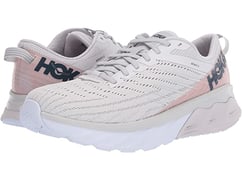



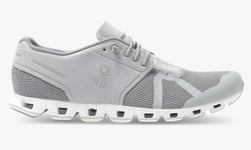

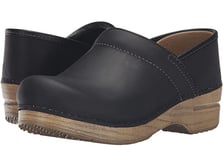
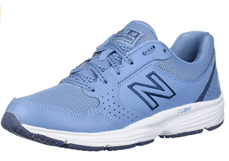
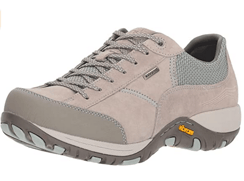

 Research shows there has been a steady decrease of Physicians across the United States, especially primary care Physicians.
Research shows there has been a steady decrease of Physicians across the United States, especially primary care Physicians.